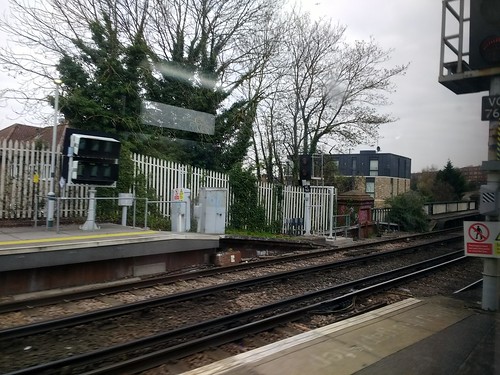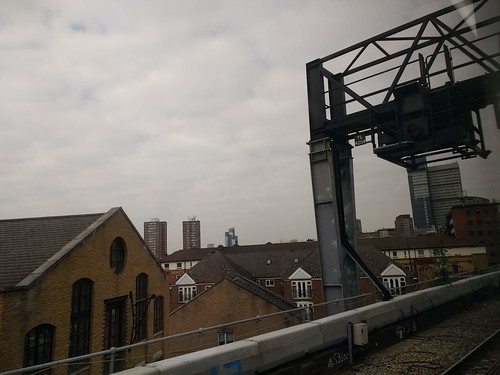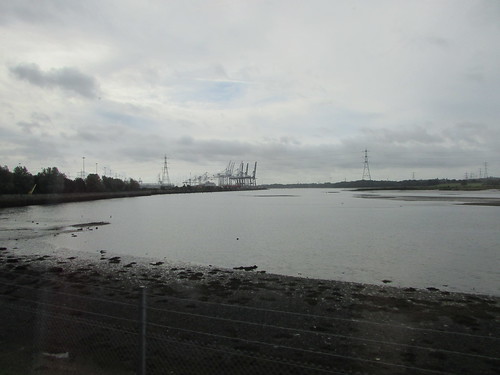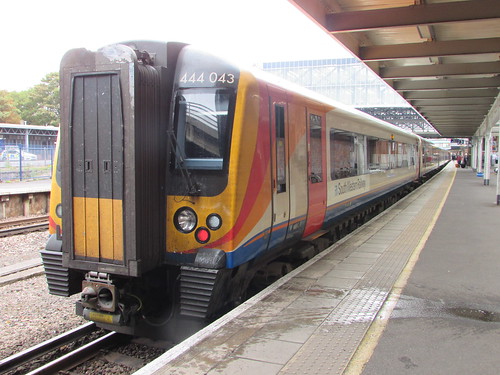So I was saddened to receive the following report from the HSME Chairman, Wally Sykes:-
Halloween was a bit of a damp squib for the 2019 celebrations at the Hereford Society of Model Engineers as the highest recorded floods for 20 years ravaged the Broomy site in the early hours of the 26th of October 2019, putting the site under 6ft of water and swamping all of the locomotives we had ready for the Halloween that evening. Facebook users offered to help with the clean-up and a hardcore of 36 members started the clean-up on Tuesday the 29th. Some of the locomotives have been taken home by members to start the long task of restoration, the rest of the locos and carriages will be restored on-site over the next 6 months and we will open for Easter with smiling faces as if nothing had happened. I would like to thank all the team for their help all year and especially through this disaster.Wally sent some remarkable photographs which I've added to my album of pictures on Lionsmeet 2018 here. Below, I've juxtaposed a few 'THEN' and 'NOW' shots to illustrate the scale of the tragedy. The 'THEN' pictures are by me, the 'NOW' pictures are by HSME.

THEN: HSME Broomy Hill: Carriage shed.

NOW: HSME Broomy Hill: Carriage shed.

THEN: HSME Broomy Hill: Tunnel Mouth with flood gauge.

NOW: HSME Broomy Hill: Tunnel Mouth with flood gauge.

THEN: HSME Broomy Hill: Compton Station.

NOW: HSME Broomy Hill: Compton Station.

THEN: HSME Broomy Hill: Broomy Hill Junction.

NOW: HSME Broomy Hill: Broomy Hill Junction.
For more information about HSME, go to their website here, which includes a 'Contact Us' page.

















































